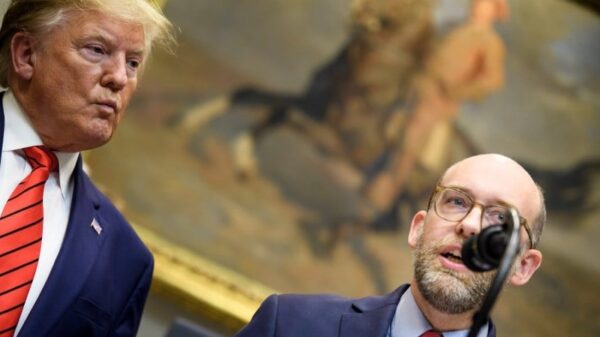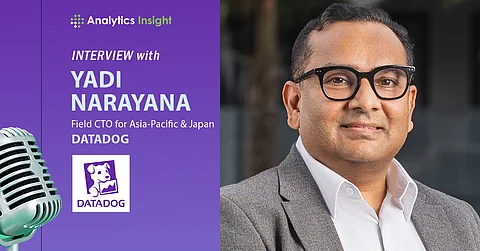FIS, a global leader in financial services technology, is redefining how money is moved by emphasizing the importance of value creation. In a recent discussion with PYMNTS CEO Karen Webster, Jon Briggs, FIS’s Global Head of Money Movement, explained that the industry is moving beyond the traditional focus on the speed of transactions. “The conversation used to be about speed,” he stated, highlighting a significant shift in priorities.
Historically, the primary challenge was whether systems could process transactions in real time. While this remains a concern, Briggs indicated that it is no longer the sole objective. “Those questions aren’t gone,” he noted, “but they’re no longer the only goal.” He emphasized that every transaction tells a story, which is essential for understanding customer relationships and driving business decisions.
Transforming Transactions into Strategic Assets
Briggs explained that data, when utilized effectively, serves as the foundation for developing ecosystems that enhance client service. By transforming payments into strategic assets, banks can unlock value embedded in each transaction. This evolution shifts the focus from merely moving money to building interconnected systems that serve a broader purpose.
The contemporary discourse surrounding modernization in financial services now highlights two main drivers: resilience and intelligence. Briggs pointed out that for banks, “Payments equal deposits,” and are integral to business operations. Modern systems must not only ensure uptime but also withstand challenges such as regional outages and cyber threats. He stated, “When it does go down, how quickly are you going to recover?”
Intelligence in financial technology means leveraging payments data as a key resource. Banks are increasingly seeking platforms that can evolve over time, utilizing innovations like artificial intelligence to predict fraud and optimize transaction routing based on cost and customer preferences. Compliance remains a critical consideration, as FIS supports over 50 different payment schemes, navigating a complex landscape of regulatory requirements.
Modernizing Infrastructure for Future Growth
Briggs’s insights stem from his experience on both sides of the financial services spectrum; he previously worked at KeyBank before transitioning to technology. He acknowledged that many banks rely on legacy systems that have been in place for decades, making modernization a crucial goal. “For FIS, it goes beyond a cloud migration strategy or API enablement,” he explained.
The company’s approach focuses on creating platforms that banks can integrate without overhauling their entire infrastructure. Briggs described the Money Movement Hub as a revolutionary, plug-and-play system designed for smaller institutions facing regulatory pressures and outdated technology.
FIS aims to offer cutting-edge technology that consolidates payment activities, allowing banks to modernize their operations while preparing for future challenges. “It’s about better understanding your business as a bank and your customers,” he remarked. “You can’t do it without a strong, modern foundation.”
As banks implement the Money Movement Hub, the challenge extends beyond merely connecting payment rails. Briggs emphasized the need for interoperability with FinTechs, merchants, enterprise resource planning (ERP) systems, and other banks. “Connected platforms are essential because they enable interoperability,” he stated. “Financial institutions can’t afford to operate in silos anymore.”
Furthermore, Briggs highlighted the role of embedded payments in enhancing customer experience. He noted that consumers and businesses prefer seamless payment methods that integrate smoothly into their daily activities. This demand drives FIS to develop the necessary APIs and software development kits (SDKs) that allow developers to incorporate payment functions directly into applications.
Looking ahead, Briggs sees a significant opportunity in data monetization. Institutions that effectively harness data to deliver personalized experiences and anticipate customer needs are likely to gain a competitive advantage in the evolving landscape.
Despite the advancements in technology, Briggs stressed that a successful transformation requires more than just technical solutions. “You also have to have the right mindset,” he advised. This shift in thinking is vital for institutions to adapt their processes and cultivate the talent needed for new business models.
Briggs concluded that the path to modernization is a long-term endeavor. “It’s not one thing,” he stated. “It’s many things that have to happen to have it go right.” As FIS positions itself at the forefront of the industry, the integration of connected platforms, embedded payments, and data monetization will be critical in shaping the future of money movement.





































































